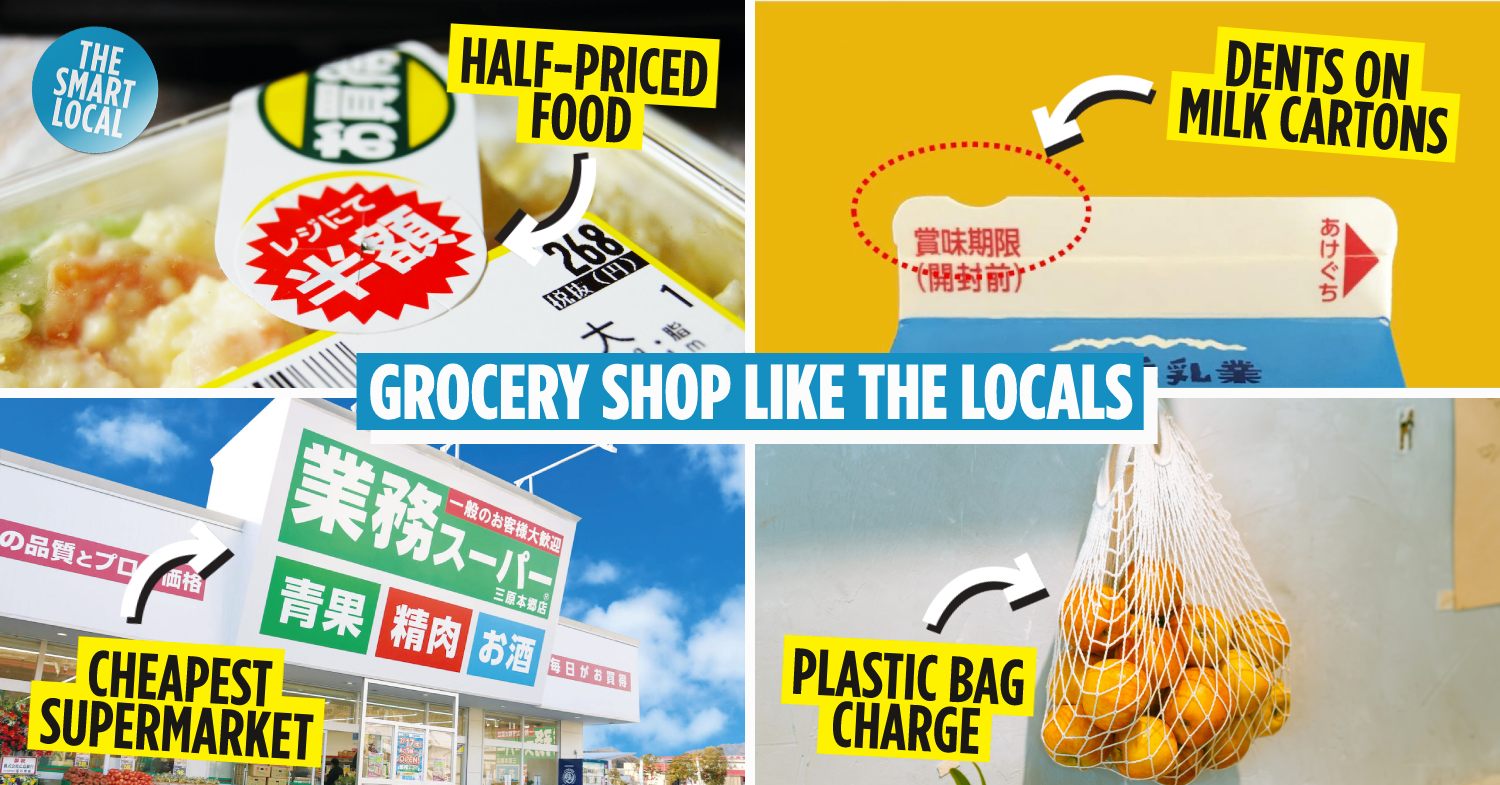Japanese supermarket guide
Part of what makes travelling in Japan so fun is the spontaneous grocery run. Perfect produce, snacks with labels you can’t read, and a whole lot of sensory overload – what’s there not to like? To shop like the locals and secure all the best deals, read our Japanese supermarket guide to uncover hacks and hidden tricks only the locals are privy to.
1. Extra charge for plastic bags
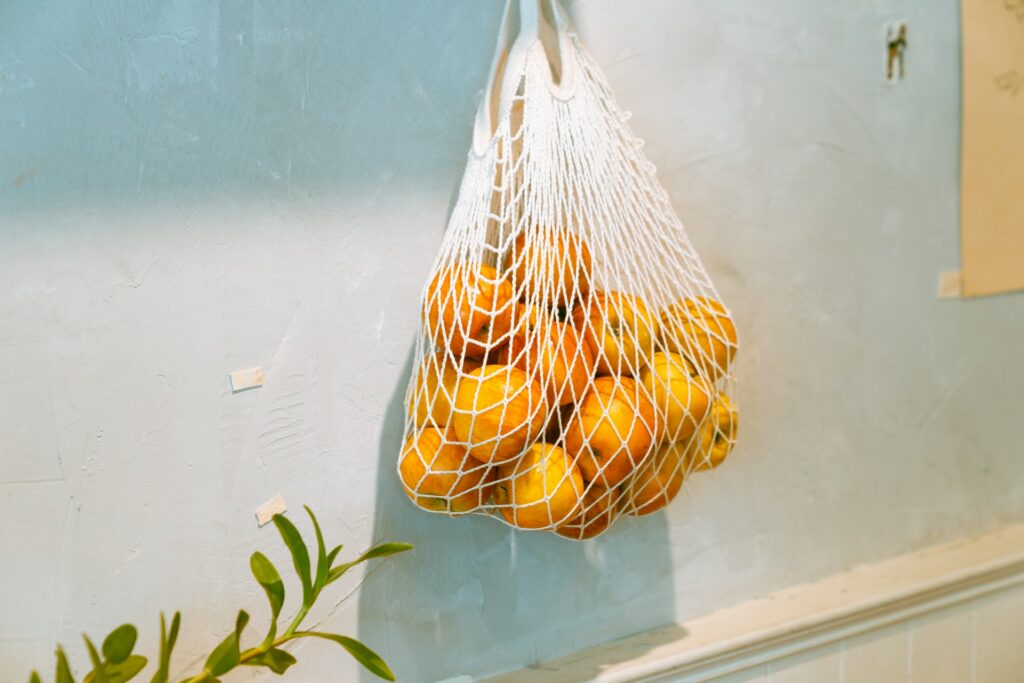 Image credit: 俊瑋 王
Image credit: 俊瑋 王
In a bid to reduce plastic waste, a plastic bag fee was mandated nationwide in July 2020. Since then, consumers have been required to pay a small fee for disposable bags when shopping at major retailers such as supermarkets, convenience stores, and department stores.
Depending on where you shop and based on the bag sizes, the fees vary. But one bag generally costs less than ¥10 (~USD0.08).
That said, thin plastic roll bags used to store produce are still available free of charge, and some supermarkets provide free cardboard boxes for use. Nonetheless, it’s handy – and more eco-friendly – to bring around a recyclable bag just in case you need to drop by the supermarket for a quick grocery run.
2. Discounted food in the evening
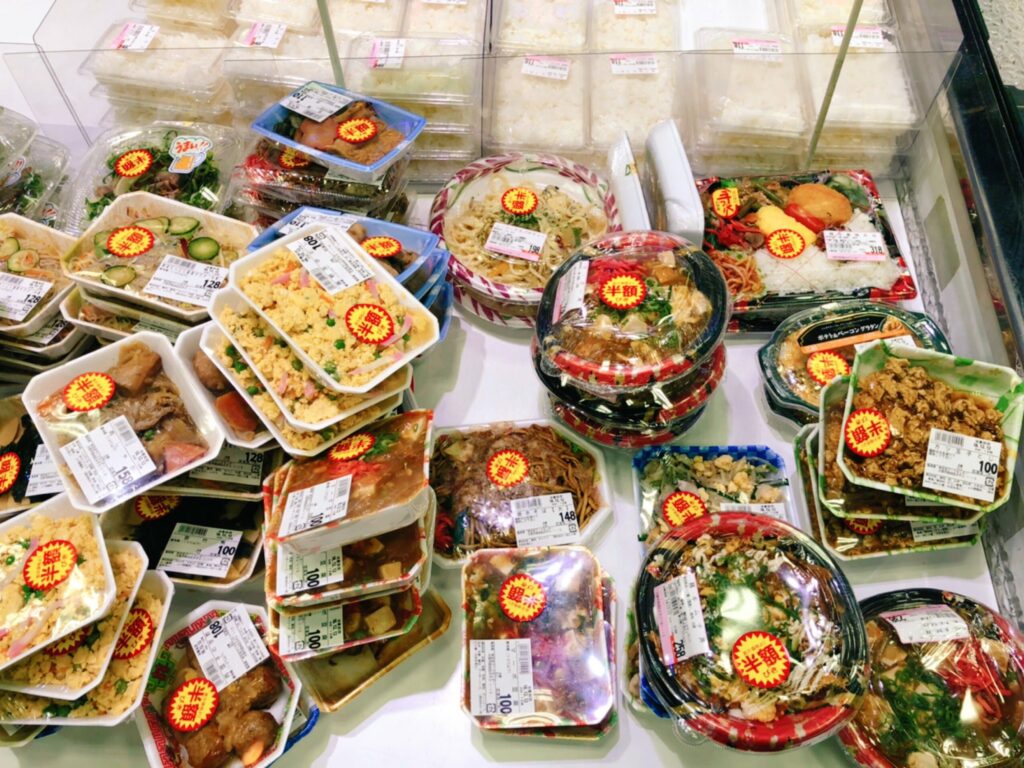
Image credit: @hosoda_26
Nothing’s more satisfying than scoring discounted food, and every evening in Japan, supermarkets turn into a budget bentō heaven. To score the best deals, go to your local supermarket in the evening or just before closing time – you’ll find ready-made food with their price slashed.
Thanks to the attractive discounts, food items are usually snatched up promptly. For more options, do as the locals do and arrive at least 3 hours before the supermarket’s closing time.
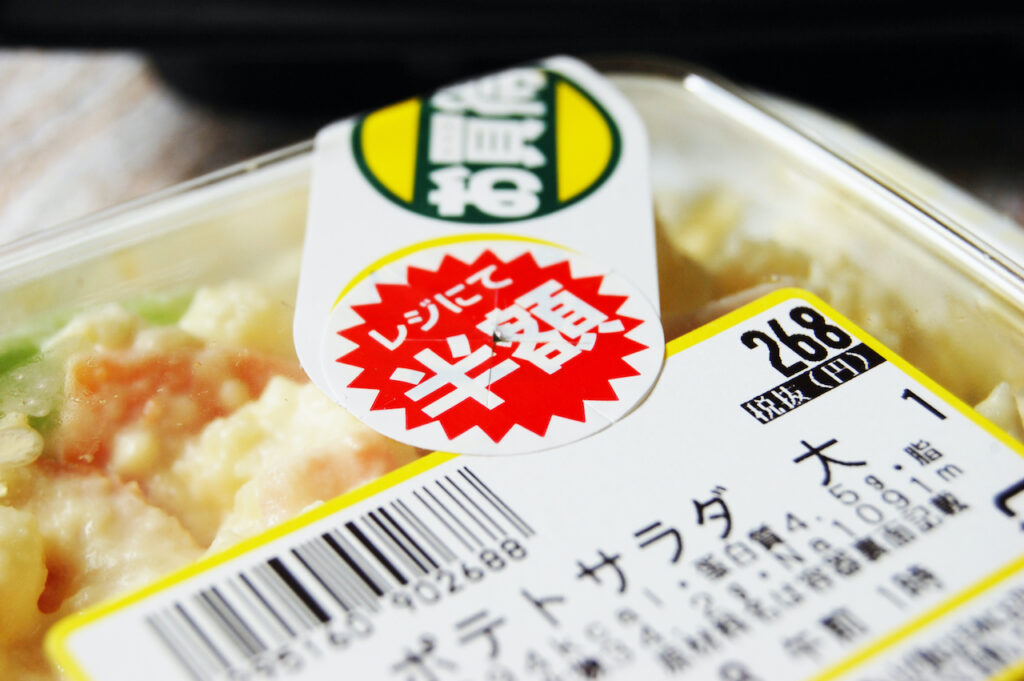 Image credit: Free Materials
Image credit: Free Materials
Half-price is usually written as 半額 (hangaku). However, stickers with “X 割 (X wari)” or “XX 円引 (XX en biki)” – with the Xs representing numbers – indicate a percentage or amount off the original marked price. Don’t mistake the red seal as a default for half-priced food.
3. Scoring cheaper groceries & frozen food at Gyōmu
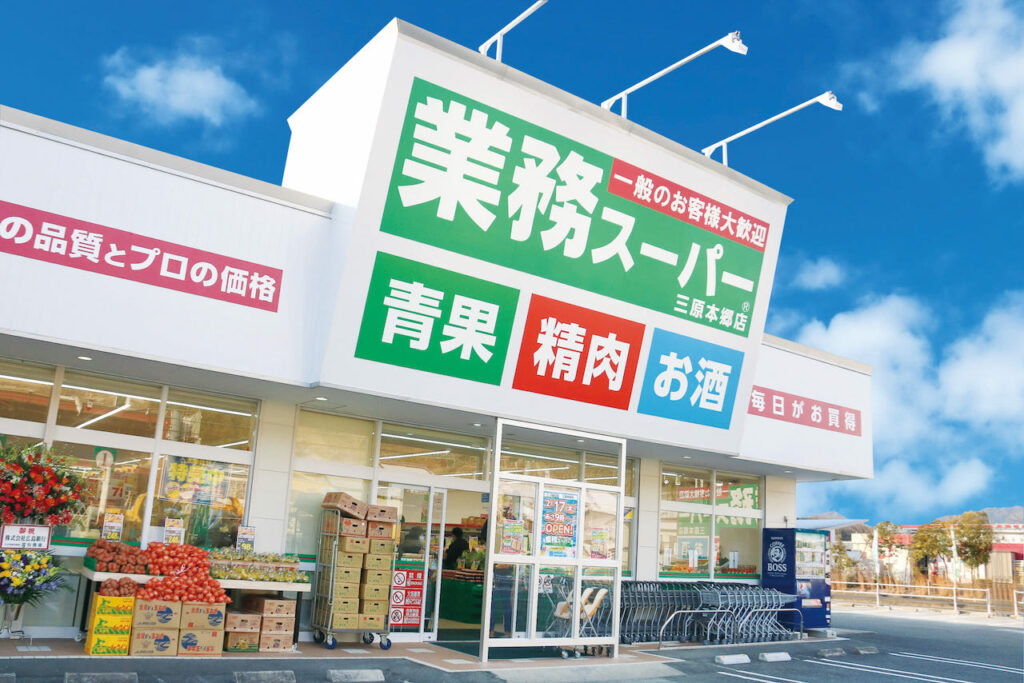 Image credit: EVERY Co
Image credit: EVERY Co
Supermarkets can be found almost anywhere in Japan, but ask any budget-conscious local and they will direct you to Gyōmu Supermarket (業務スーパー). With an unapologetically bright green sign, Gyōmu is the best place to get cheap fresh produce, condiments, frozen food, and imported food items.
Gyōmu is known for their low prices that are way cheaper than upscale supermarket chains such as Aeon, Kinokuniya, or Seijo Ishii. There are over 960 outlets countrywide, so if you look it up on Google Maps, chances are there will be one near where you are.
4. Look for the rack stocked with produce past their prime
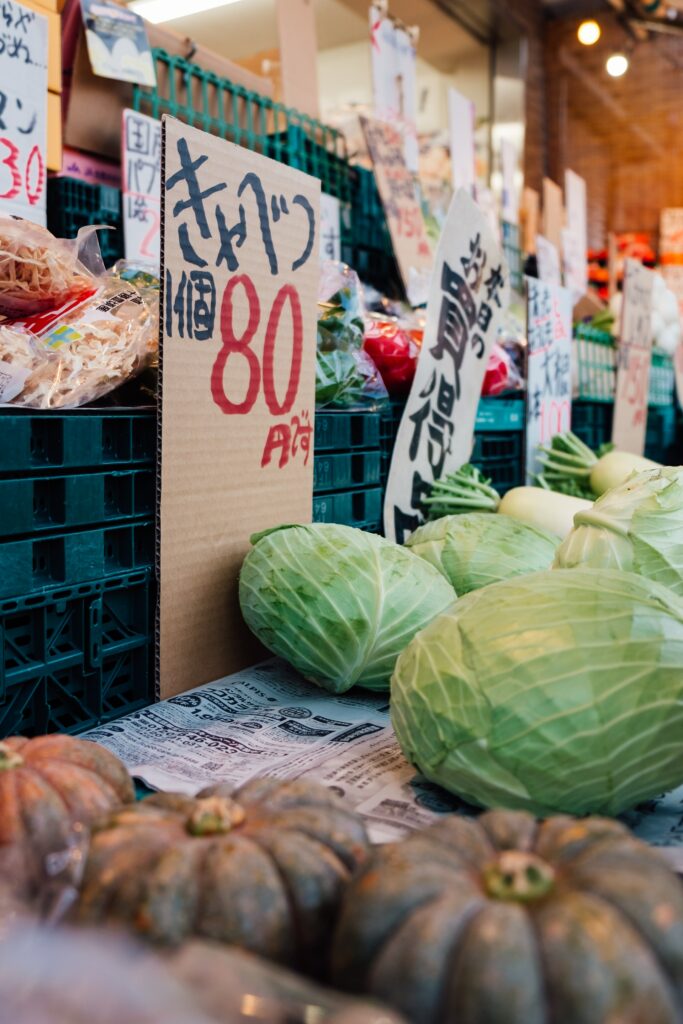
Image credit: Kentaro Toma
Just like cooked meals with a short shelf life, food items such as fresh produce tend to be sold at a discounted price when they’re deemed past their prime.
Strawberries that are a little too ripe, slightly withered greens, and mushrooms with small bruises – Japanese supermarkets will pick out “rejects” and lower their retail prices. If you aren’t too picky, look for racks near the produce section – you’ll find a range of marked down produce that are still perfectly edible.
5. Milk cartons with notches
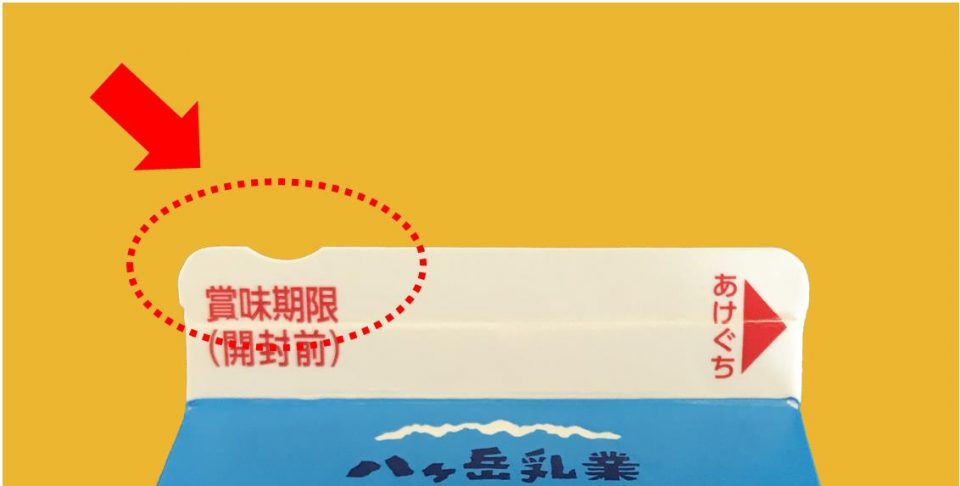 Image credit: Yatsugatake Milk industry
Image credit: Yatsugatake Milk industry
Unless you’re in the know, this might not be the easiest to spot. But if you scrutinise fresh milk sold in paper cartons, you’ll notice a notch at the opening. This dent is exclusive to full cream milk – milk products such as low fat versions or flavoured ones will not bear this design feature.
While tiny, the notch was introduced nationwide in 2001 as a barrier-free design for the visually impaired. This makes it easier for consumers to differentiate milk from other beverages packaged in paper cartons.
For foreigners who can’t read labels in Japanese, the notches are an added bonus as it saves them the risk of mistaking fortified milk for fresh milk.
6. Free water refilling station
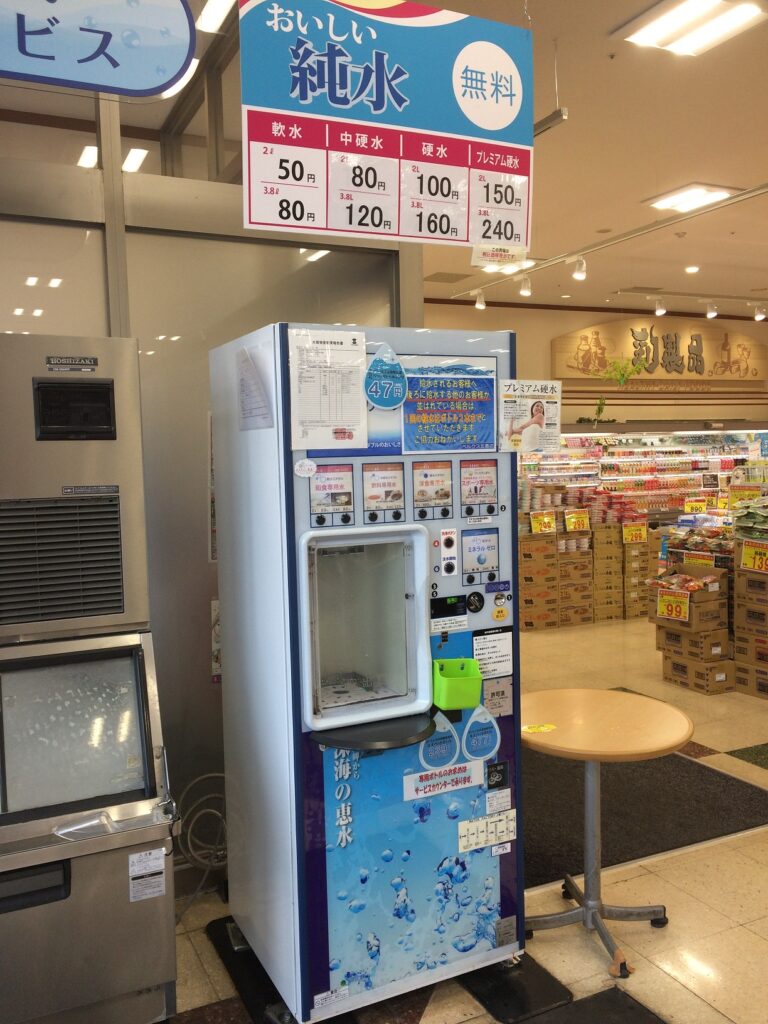
Image credit: Tomio Free Agent
Tap water in Japan is drinkable and safe. But if you’re concerned about drinking straight from the tap and would rather avoid going through plastic bottles of water every day, many supermarkets in Japan have stations that provide free filtered drinking water.
Though the water is free for all patrons, most supermarkets require customers to first purchase a relatively inexpensive jug, which you can then reuse to fill up with free drinking water.
7. Groceries at your door step
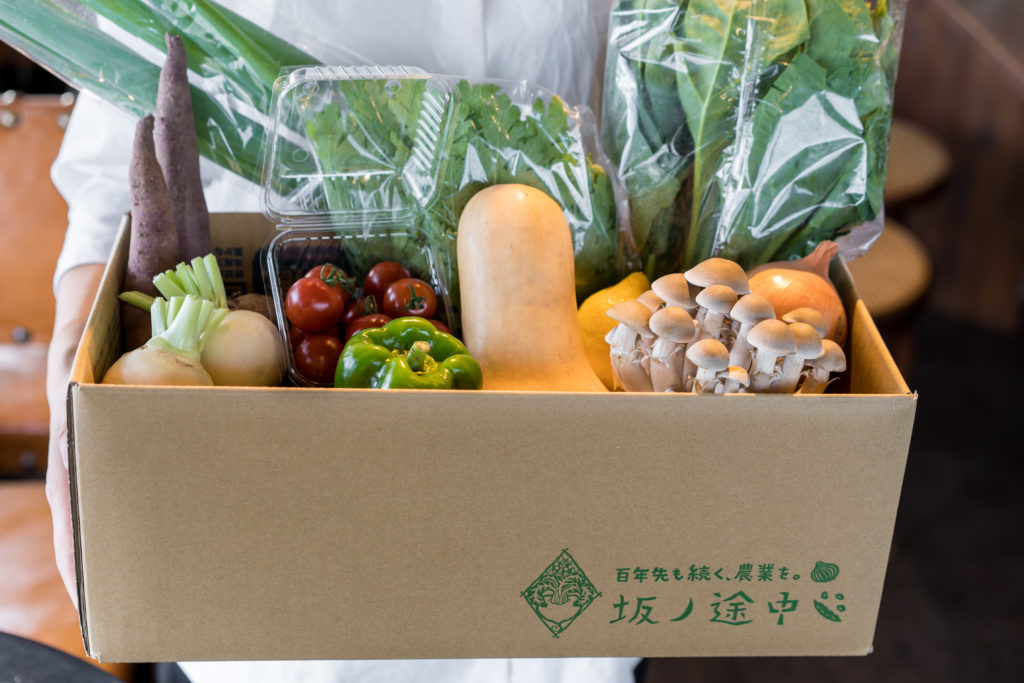 Image credit: On The Slope
Image credit: On The Slope
Going through endless aisles and arrays of snacks is all fun and games until you have to lug home heavy bags of groceries. If your nearest supermarket isn’t within walking distance of your house, consider getting your daily necessities online.
Major online retailers such as Amazon Fresh and Rakuten Seiyu offer same-day and next-day delivery for just a small fee of ¥390 (~USD3.07) and ¥330 (~USD2.60) respectively.
For halal food, Halal Said Shop delivers a variety of halal meat products and condiments nationwide for a delivery fee of ¥550 (~USD4.33), and ¥900 (~USD7.08) for Okinawa and Hokkaido.
8. All-you-can-stuff deals
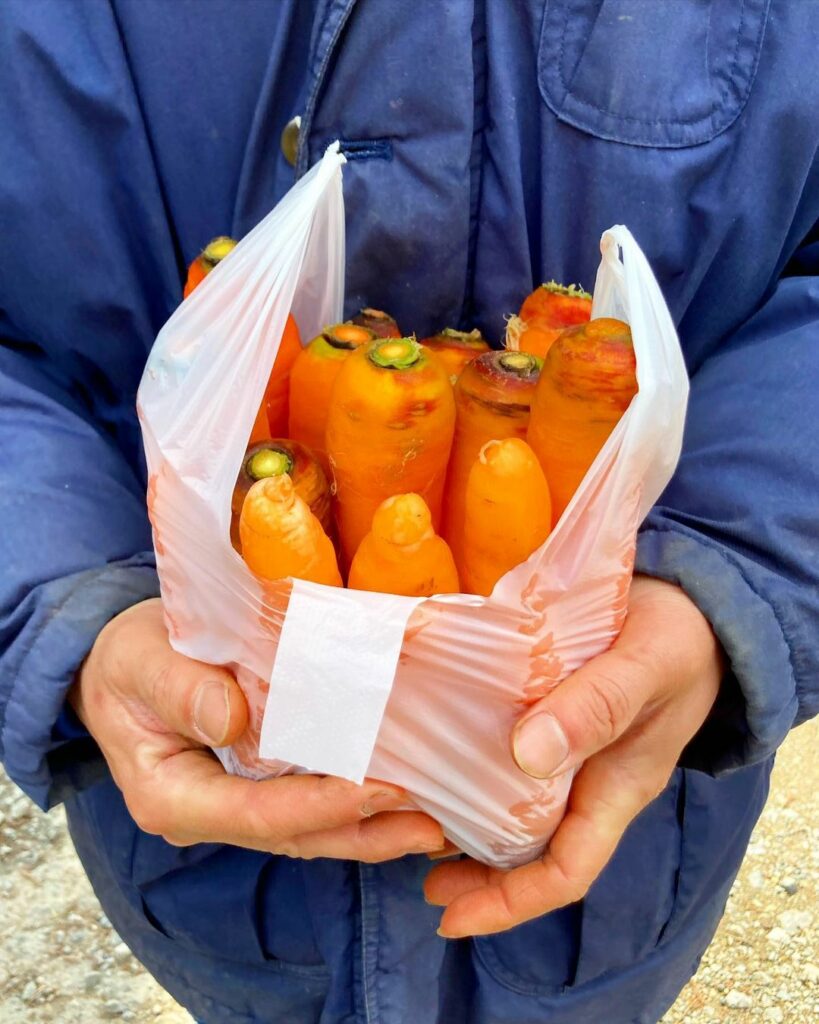
Image credit: @kasumi_migita
Tsumehoudai (詰め放題), which translates to “all-you-can-stuff”, is a system that’s quite common among agricultural stores and occasionally, supermarkets.
For a fixed price, customers can pack an unlimited amount of produce into a designated bag. In other words, the sky’s the limit, and your tetris skills will be put to the test. It is a good deal when you want to stock up on pantry staples such as root vegetables or aromatics.
9. Automated payment
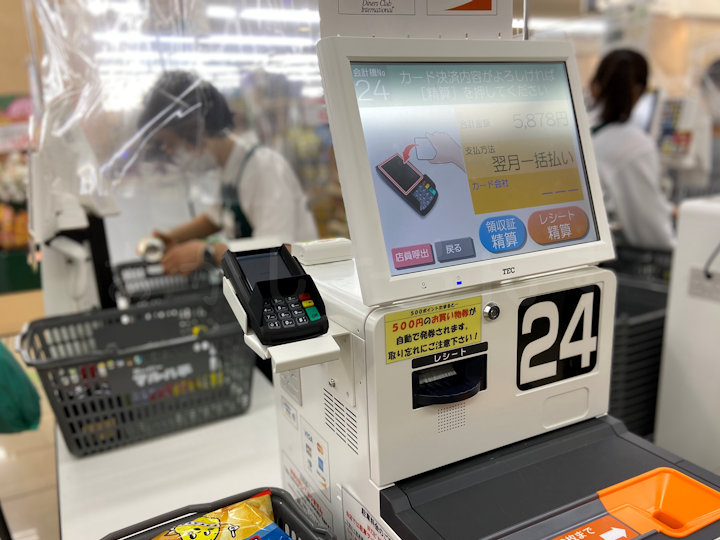
Image credit: Akashi Towns
Once you’re done stuffing your shopping basket to the brim, head over to the counter area for payment. These days, in order to speed up the checkout process, automated payment machines are a common sight at major supermarkets.
After scanning the products, you’ll be directed to make payment via the machine. Simply follow the instructions displayed on the screen, and pay via cash or card.
10. Designated areas for packing
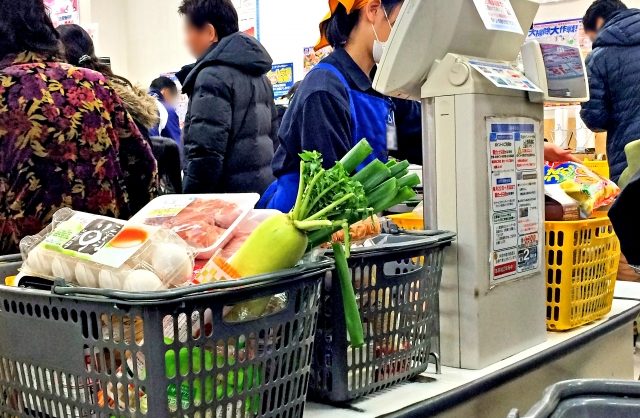
Image credit: Shufu JOB Navi
In Japanese supermarkets, it is commonplace for customers to bag their own groceries. Spacious bagging areas are typically found right next to the cash registers, so don’t be surprised when the cashier hands you a basket full of unpacked haul.
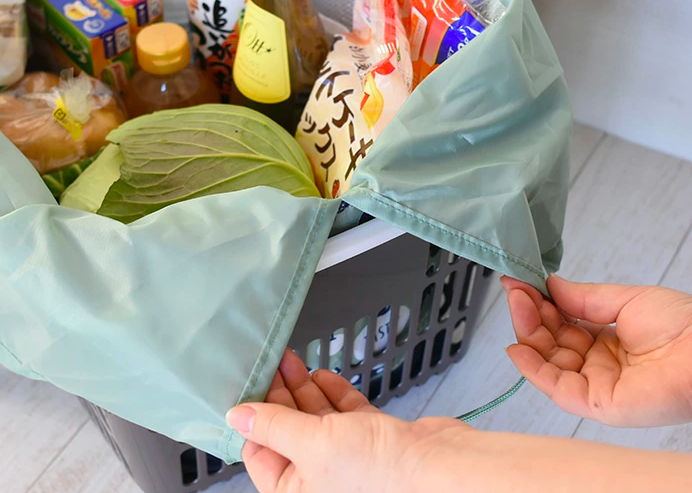
Image credit: Rakuten
To make shopping more hassle free, consider getting a reusable basket bag that is made to fit perfectly into shopping baskets. Drape the bag over the basket at the cash register, fill it with your groceries, then remove the whole bag from the basket – you won’t have to repack your haul at the packing station..
Guide to Japanese supermarkets
With all these tricks under your belt, scoring cheap bargains and good deals will be a breeze the next time you visit a Japanese supermarket. With Japan progressively opening up to tourists, it shouldn’t be long before you can put this guide to good use.
For more guides about life Japan, check out:
- Strange laws in Japan
- Dos and don’ts of Japanese onsen
- How to rent apartments in Japan
- Sorting your garbage correctly in Japan
- Cycling in Japan
Cover image adapted from (clockwise from top left): Free Materials, Yatsugatake Milk industry, 俊瑋 王 and EVERY Co
